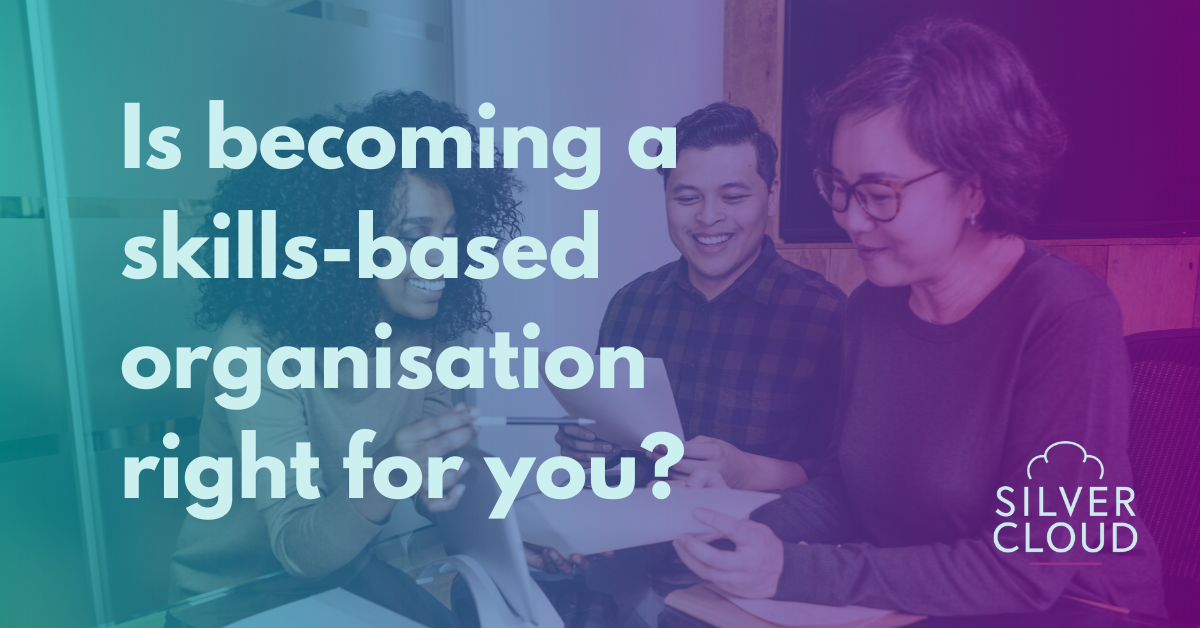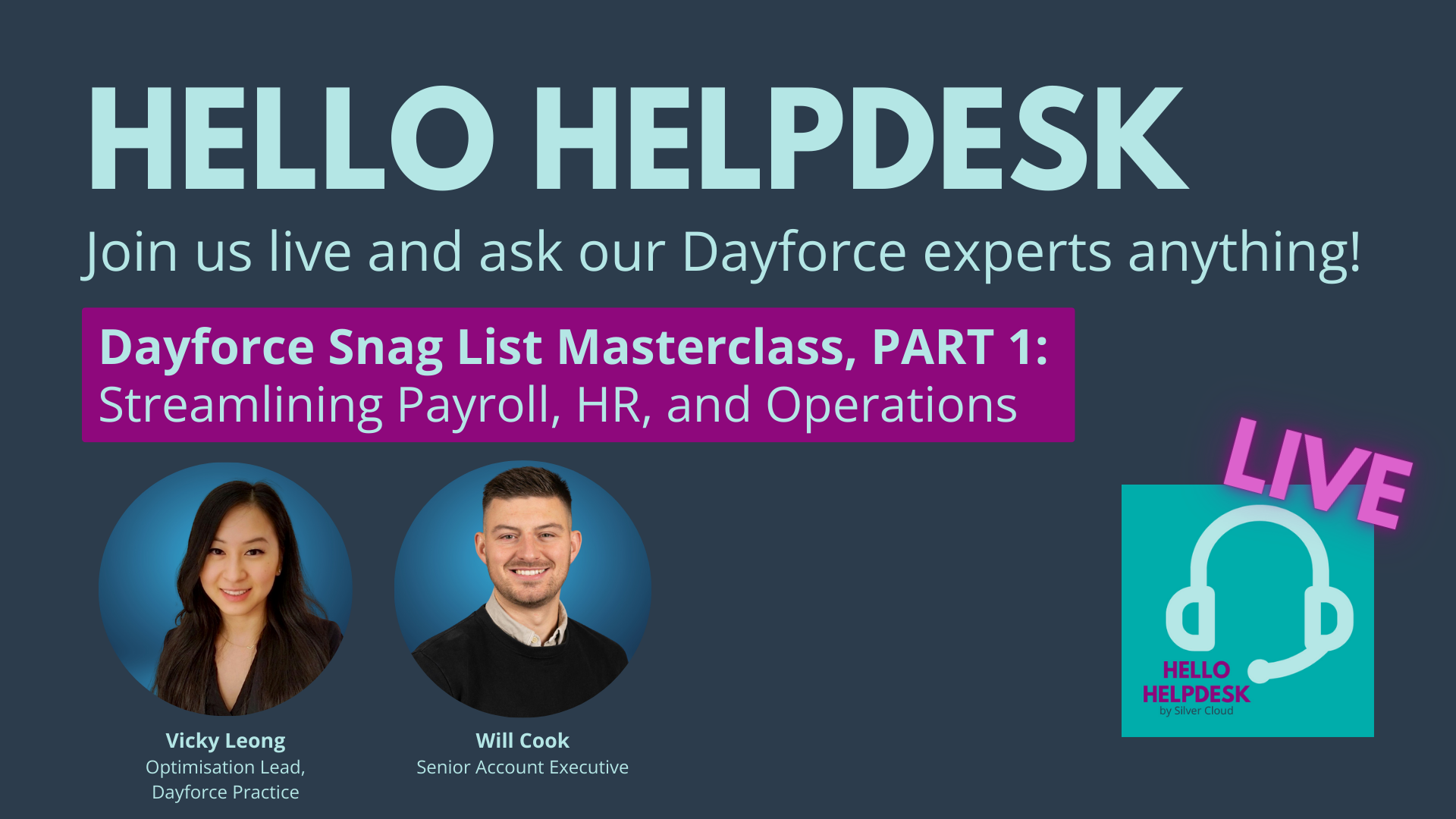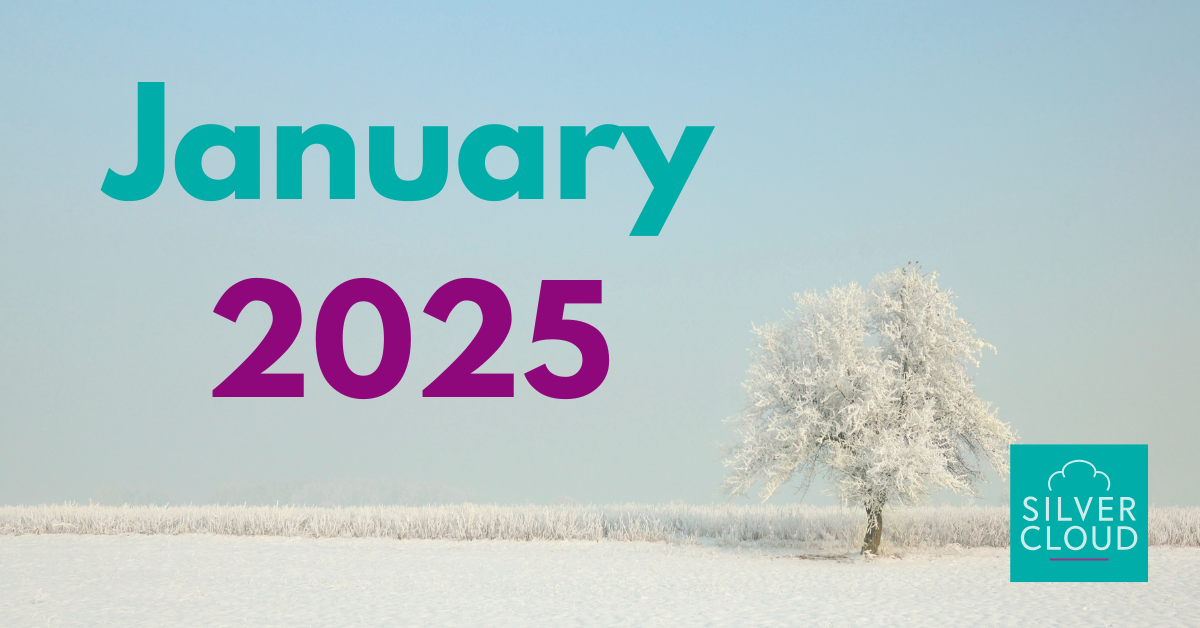How do you make digitising HR a priority for business managers? | Insights
by Silver Cloud

You’re already aware there are issues with your existing HR set-up that can only be resolved by introducing a robust and responsive HRIS system. It’s top of your agenda to identify the digital HR solution and secure the investment. But how do you make digitising HR a priority for other business managers, who already have a long list of responsibilities?
There will be a range of changes and new functionality to communicate to all employees, so having cross-departmental input and acceptance from IT, finance, payroll and marketing is important.
The success of your digital HR implementation will hinge on your ability to truly understand what motivates them. This will make it far easier to get them on board from the outset.
Preparing the groundwork for IT
Top of the list is your IT department. They will already be working on projects designed to make systems improvements linked to broader business plans. They will be keen to know how compatible your chosen cloud-based HR solution is with other systems.
They will want to understand the implementation process and what data migration activity will be required. You’ll need to agree with IT where and how company HR information is currently held and what will be involved in re-positioning that data in compliance with GDPR.
Tip: Bring in your HRIS delivery partner or consultant, if you have one, to map the data integrity and disaster recovery process to allay any fears.
You’ll also want to be clear on the scalability of your chosen vendor software. There’s nothing more frustrating than implementing a new HR system to find you’ve outgrown it a couple of years later. Of course, this can be avoided by carefully considering what business impact you want your new HR system to make on the business before going through the vendor selection process.
What finance needs to know
Generally, your finance director or chief financial officer will ask three questions of any proposed new technology investment, whether it’s an HR system or a change in telecoms provider.
They will ask:
1. What’s the cost (to the business) of keeping the existing HR system?
2. What potential cost savings and measurable efficiencies could be made by introducing the new solution?
3. What new costs will be introduced to the business?
Securing their involvement will rest on how prepared you are with your answers, as Sage People point out in their business case guide:
“They’ll be looking to achieve cost savings, increase productivity, improve risk management and enhance visibility and insights across the organization. They’ll also be looking to update compliance.”
You’ll want to have thoroughly analysed how much your current HR system is costing the business. The most obvious of measurements are the amount of time it currently takes to complete HR related activities and any areas of double-keying. You’ll need to take a granular approach and attribute monetary values to each area of inefficiency, focusing on time spent and hours lost. You can then create a forecasted monthly picture of the impact on the business in continuing to operate with the same system.
Once you’ve done this, using the same format, show how a new HR system would save time and save money. It helps to think about the number of functions that could become self-serviced or automated. Be ready with specific examples.
Once you’ve defined a very clear financial business case, summarise the investment required by including up-front and future costs.
Tip: Ask a colleague – ideally an IT or Operations Manager - to take an objective look at what you’ve proposed. It’s easy to miss something crucial, such as related system upgrades that might be required.
Payroll considerations
Finance might also be responsible for processing payroll data into a general ledger. If done properly, integrating benefits and payroll on a single, cloud-based platform, is quicker, accurate, and doesn’t require constant supervision. It has the potential to offer significant cost savings.
Payroll is an area that requires cross-departmental detailed planning though. You’ll need to establish how the current payroll system integrates with HR and what process changes would need to happen if a new payroll system was implemented.
Tip: Before deciding on what a new payroll HRIS might look like, you’ll need to discover exactly what each payroll owner needs from a new system.
Make sure your marketing team is involved
When HR and marketing come together it creates a real buzz around a new HRIS solution. Being creative thinkers heavily invested in the brand, marketing will comes up with new and exciting ways to communicate the changes you’ll be implementing.
Being brand custodians, they’ll want to know how the content of the HRIS solution mirrors the overall brand. If your brand is about inspiring people to be the best version of themselves, how does the HRIS achieve this? How will it make employees feel?
Many cloud HRIS solutions are highly customisable and built to accommodate the bespoke culture of each business. Where you can customise written and visual content, make sure you gain input from marketing.
Tip: You’ll need to have a clear implementation plan with anticipated quarterly activities. This will make it easier for the marketing team to plan how they’ll use existing channels to communicate changes to your employees.
Remember, apart from being ready to address departmental needs, you can also show them the anticipated financial impact on their department. They will instantly have a motivation for getting on board!
Making digitising HR a priority for other busines managers starts with your business case.
Download ourUltimate Guide to an Unbeatable Business Case today to get started.




